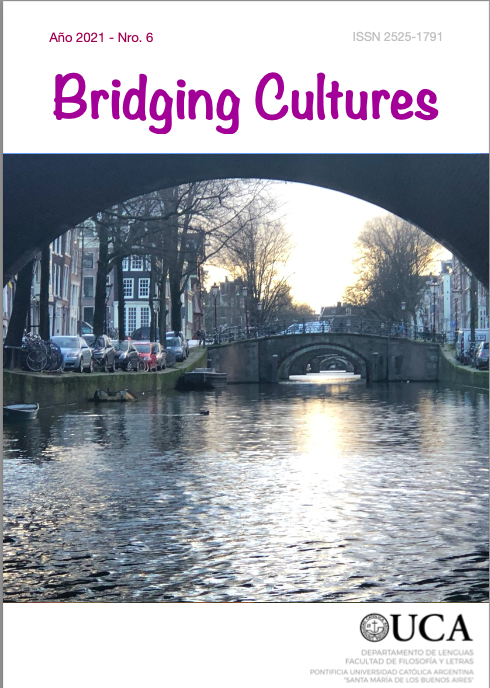Process Implementation in Post-editing to Ensure Quality in Translation
Palabras clave:
machine translation (MT), post-editing (PE), quality in translation, ISO 18578, artificial intelligence (AI)Resumen
The translation profession is constantly evolving and becoming more technological to meet the needs of the increasing demand for translation and localization services. The focus should not be on when human linguists will become obsolete, but rather on the competences needed to face this challenge. Thus, the improvement in the quality of Artificial Intelligence-enabled Translation and Machine Translation (MT) are taking over the forefront of technological advances and have compelled translators to adapt to new environments and to learn and adjust their own processes and requirements. To that purpose, it is imperative for Translation Service Providers (TSP) and linguists in general to learn and apply quality processes stipulated by ISO standards on Translation, Post-Editing, Terminography and Information Security Management System (ISMS).Descargas
Citas
Atlam, H. F., Walters, R.J., and Wills, G. B.(July 2018). Intelligence of things: Opportunities & challenges, 10.1109/CIOT.2018.8627114
Doherty, S. (2016). The impact of translation technologies on the process and product of translation. International Journal of Communication10, pp 947–969.
El-Tawil, A. (2014). Standards & quality book. World Scientific.
Hamel, G. (2020). Humanocracy. HBR Press.
Hendrik Kockaert (2015) Handbook of terminology. John Benjamins Publishing Company. ISO 12616 (2002). Translation-oriented terminography.
ISO 17100 (2015). Translation services requirements for translation services. International
Standardization Organization.
ISO 18587 (2017). Translation services –Post-editing of machine translation output –
Requirements. International Organization for Standardization.
ISO/IEC 27000 Family. Information security management –International Organization for
Standardization.
ISO/IEC 27014 (2020). Information Security, Cybersecurity and Privacy Protection –
Governance of Information Security.
ISO/IEC 27001 (2013). Information Technology, Security Techniques, Information Security
Management Systems – Requirements.
Kohen P. (May 2020). Neural machine translation. https://bit.ly/304si5I
McCarthy, J. (1996). Defending AI research: A collection of essays and reviews. CSLI
Publications.
Madankar, M. (2016). Information retrieval system and machine translation: A review. ELSEVIER.
Nunes Vieira, L.; Alonso, E. (May 2018). The use of machine translation in human translation workflows: Practices, perceptions and knowledge exchange.
Van der Meer, J. (February 2016). The future does not need translators. (consulted 6/18/2021) TAUS, https://bit.ly/30h4Wcv.
Descargas
Publicado
Cómo citar
Número
Sección
Licencia








